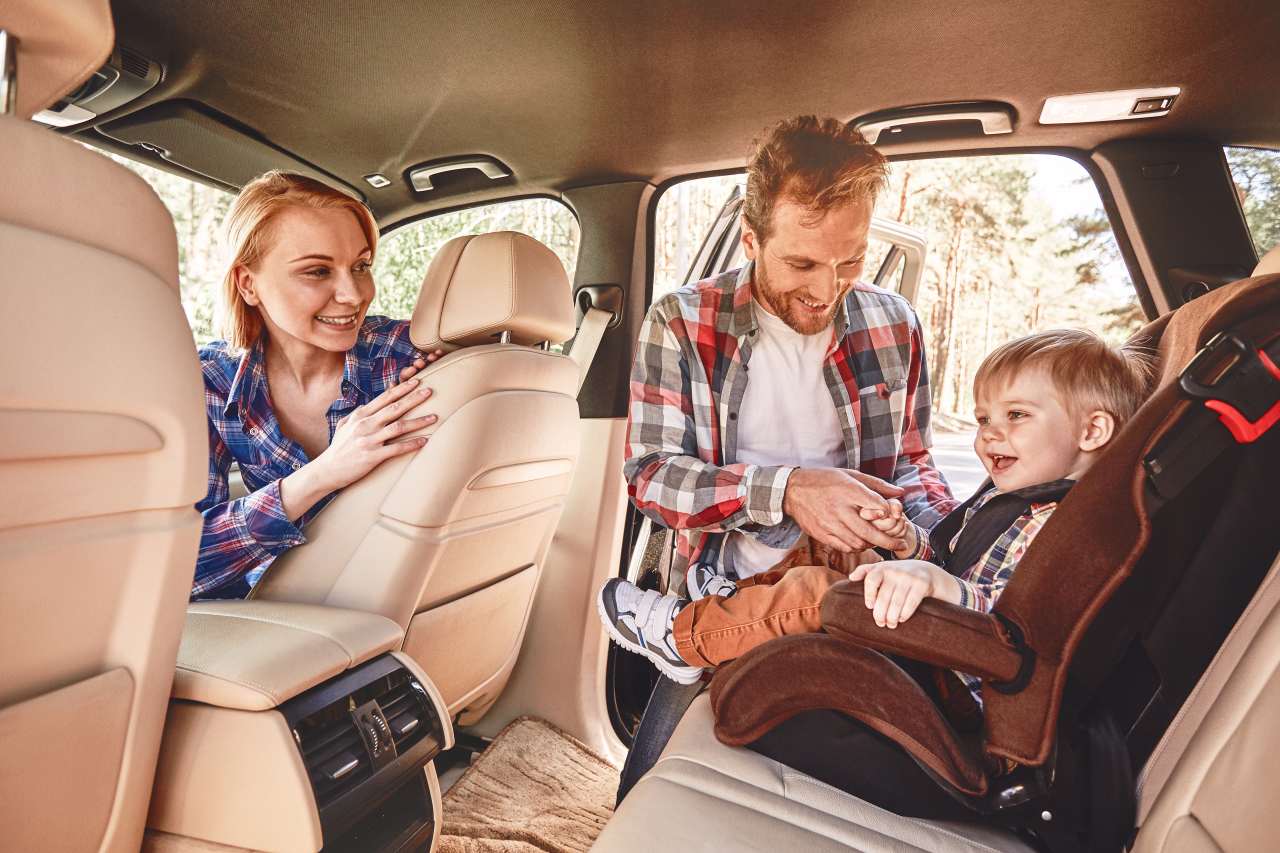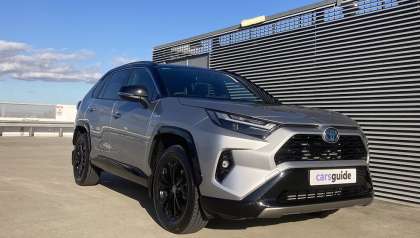And so at last we've reached the end of our plug-in hybrid journey. And at last, the technology hiding under the metal of our MG HS+EV Essence has begun to make some. In fact, a lot of sense.
But first, let's get one thing out of the way. For whatever reason, Australian buyers seem to shun plug-in hybrids as though they're clutching a positive RAT on a crowded peak-hour train.
That's not me being mean, by the way. It's just the facts.
Put it this way, in November 2022, which was a bumper month for eco-friendly car sales in Australia, more than 13,000 low- and zero-emission vehicles found homes nationwide.
And that's an impressive number for a country still mostly dragging its heels on EVs. But digging deeper into the numbers reveals something slightly concerning about PHEVs.
While we clearly love hybrids (and thus Toyota), and EV sales are booming (and thus Tesla), PHEVs continue to lag. In November last year, 4457 battery electric vehicles were sold, along with 8529 hybrids, but just 429 plug-in hybrid vehicles found buyers.
What's up with that? On paper, PHEVs are like Blade, between humans and vampires. All of the strengths of a BEV (Battery Electric Vehicle) or ICE (Internal Combustion Engine) vehicle, with none of their weaknesses.
Or, to put it another way, you can be squeaky clean and green all week, but travel as far as you want each weekend thanks to the back-up of a petrol engine.
.jpg)
And yet Aussie buyers still dodge them. And I think I know why.
If you live like I lived over the first two months of my PHEV journey, I get it. If you don't have the dedication to charge every night, and to keep your finger poised over that 'EV Mode' button, they don't make a huge amount of sense.
You'll get worse fuel efficiency than in a good hybrid, plus there's the added indignity of dragging heavy, and flat, batteries with you wherever you go.
They're usually more expensive than an equivalent ICE or hybrid, too, and you're far more limited (for now, at least) in what models you can buy to plug in.
But use a plug-in hybrid like they want you to use it, as I used mine this month, and the whole PHEV experience makes a lot more sense.
.jpg)
Let me paint the picture for you. Every single night, at least whenever possible, I plugged the car in. And not to some fancy home charger that can choose when to use solar or grid power, but to a regular three-pin electrical outlet, exactly the same as the one your toaster is plugged into right now.
Sure, it's outdoors, and close to where I park, which makes life infinitely easier. But it took me about 15 seconds when I got home, and was a very easy habit to fall into.
Next, every time I got into the car, I'd push the EV Mode button (the MG HS+EV promises just over 60km in all-electric driving range with a full battery) as quickly as I could.
And finally, the whole plug-in hybrid sales pitch made sense. I travelled around 400km in this way, and my fuel use plummeted.
Remember, we started this long-term journey at around 9.0 litres per hundred kilometres. But by charging each night and using electric mode as often as possible, my fuel use fell to just 1.1L/100km.
.jpg)
That’s impressive no matter which way you shake it. I don’t think it’s possible to get the fuel use down to zero, though. The petrol engine does have a habit of kicking in every now and again (weirdly when you’re going down steeper hills), which burns some fuel, but mostly it’s pretty easy to lock out the engine.
It also helps that, once you've selected EV Mode, it will usually automatically engage it when you restart the car. Also, it will use every ounce of battery power available. One per cent charge? It will keep you all-electric until the last possible moment.
In terms of driving, though, the MG HS+EV is a refreshingly boring affair, in that it drives pretty much exactly how you’d expect it to.
It’s powerful enough, quiet enough and comfortable enough, without really setting new benchmarks for any of those attributes.
But that’s not necessarily a bad thing, more that it performs exactly as expected.
.jpg)
I like the EV Mode, though, and it’s something you find yourself getting pretty addicted to. In the same way you become addicted to watching the battery levels rise or fall.
Even without the petrol engine helping, the electric motor is more than capable of pushing the HS along, in a quiet and zippy-feeling way.
I also found it totally changed my driving style – suddenly trying to scratch out extra EV kilometres was more important than trying to catch that light, or powering up hills.
Two quick driving stories that are relevant here. The first happened when I was crossing the Harbour Bridge in Sydney and realised I was almost out of fuel. And I mean empty, empty. But, with about nine kays in EV range left, I popped into electric and cruised to the service station easily.
Then when I was driving to Canberra soon afterwards, I used EV Mode as long as I could, but when the battery died the MG automatically switched to the petrol motor, and on we went.
.jpg)
Both of which are cool and undeniable perks of PHEV ownerships.
So, drive the MG HS+EV in the way the brand wants you to, and there are real and tangible fuel savings on the table. Ignore the instructions, and you won't be so lucky.
And that kind of makes sense, right? We don't complain when some super-hard performance car is a little uncomfortable on broken city streets, do we? Nope, we just say "it was made for the track", and move on.
PHEVs? They were made to be plugged in. So get charging.
Acquired: September 2023
Distance travelled this month: 401km
Odometer: 7211km
Average fuel consumption this month: 1.1L/100km
MG HS 2023: Essence
| Engine Type | Turbo 4, 1.5L |
|---|---|
| Fuel Type | Unleaded Petrol |
| Fuel Efficiency | 7.3L/100km (combined) |
| Seating | 5 |
| Price From | $20,020 - $25,410 |
| Safety Rating |
|
Verdict
So, should you be shopping for the MG HS+EV, or one of the regular petrol-powered models.
Well, that depends, and you’re going to need to be really honest with yourself. If you’re going to plug it in every night and use EV mode as much as possible, the fuel savings can be immense.
But if you’re not, it doesn’t make quite so much sense.
Pricing Guides










.jpg)








.png)








.jpg)

.jpg)


.jpg)
